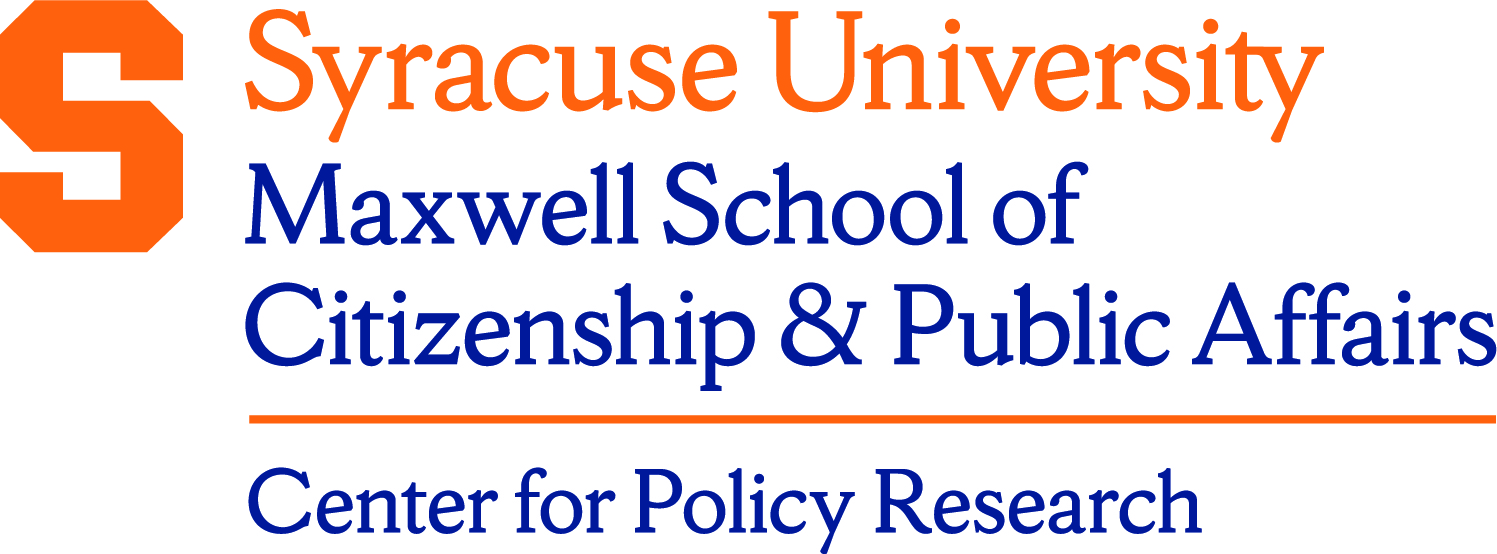Description/Abstract
A lack of information about the financial condition of multifamily properties has hindered the development of a secondary mortgage market in multifamily mortgages and federal policies to finance multifamily housing. The purpose of this paper is to improve our understanding of the financial condition of multifamily properties. The centerpiece of the analysis is the 1991 RFS [U.S. Bureau of the Census]. Three sets of indicators of financial distress are examined in this paper. The first is interest rate related risk. We find that twenty five percent of the properties with mortgages have contract interest rates at least 87 basis points above the average contract rate, which was 10 percent at the time of the survey. This places these properties at a disadvantage in the market place because their costs are above average. On the positive side, many property owners were able to refinance or otherwise renegotiate their contract interest rates during periods of interest rate decline. The second is cash flow risk as measured by the ratio of net operating income to the mortgage payment (DCR). The measured DCR has a mean of 2.9 and a median of 1.36 among properties with a mortgage. A quarter of all properties with some mortgage debt have a DCR below unity. If one assumes our measure overstates the true DCR by 20 percent, then as many as half of the properties have DCRs at or below 1.1, which suggests that a large fraction of the multifamily stock suffers from cash flow problems. The third is risk due to low equity. Investors with little or negative equity in the property are more likely to default than are investors with a substantial equity stake in the property. Such risk is measured by the loan to value ratio (LTV). The average LTV is .43 among all properties; three quarters of all properties have at least one mortgage and the average LTV among properties with some debt is 55 percent. Higher than average LTVs are associated with several other property characteristics: properties owned by partnerships (LTVs about 5 percentage points higher than the omitted category); properties that receive some type of assistance, e.g., Section 8 (LTVs from 2 to 5 percentage points higher than non-assisted properties); and properties with ARMs, balloon mortgages, or multiple mortgages (LTVs about 6 or 7 percentage points higher than others).
Document Type
Working Paper
Date
5-1996
Language
English
Series
Metropolitan Studies Program Series
Acknowledgements
The research is supported by the Office of Policy Development and Research of the U.S. Department of Housing and Urban Development. This paper was part of a series of reports written about multifamily housing using the 1991 Residential Finance Survey. Other members of the research team who have contributed to these reports include Charles Calhoun, Robert Dunsky, George Galster, Matthew VanderGoot, Peter Tatian, and Charlene Wilson. The authors are grateful for the offered assistance of Edward Szymanoski and Harold Bunce of HUD and to the Census staff, especially Peter Fronczek, Howard Savage, Dan Weinberg, and Ellen Wilson.
Disciplines
Economic Policy | Economics | Public Affairs, Public Policy and Public Administration | Public Policy
ISSN
0732 507X
Recommended Citation
Bogdon, Amy S. and Follain, James R., "An Estimation of Three Sets of indicators of Financial Risk Among Multifamily Properties" (1996). Center for Policy Research. 453.
https://surface.syr.edu/cpr/453
Source
Local Input
Creative Commons License

This work is licensed under a Creative Commons Attribution 4.0 International License.
Included in
Economic Policy Commons, Economics Commons, Public Policy Commons




Additional Information
Metropolitan studies program series occasional paper no.180